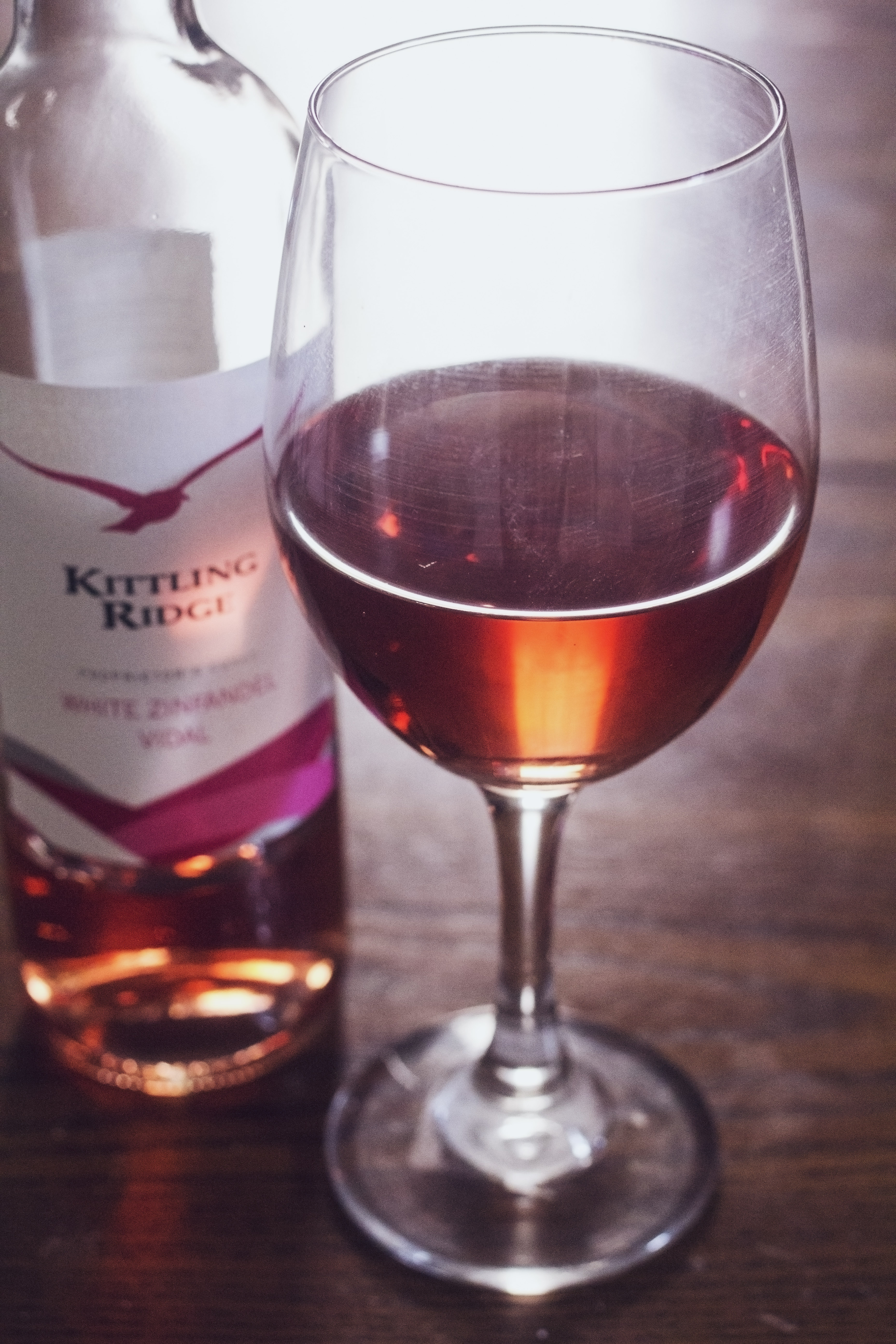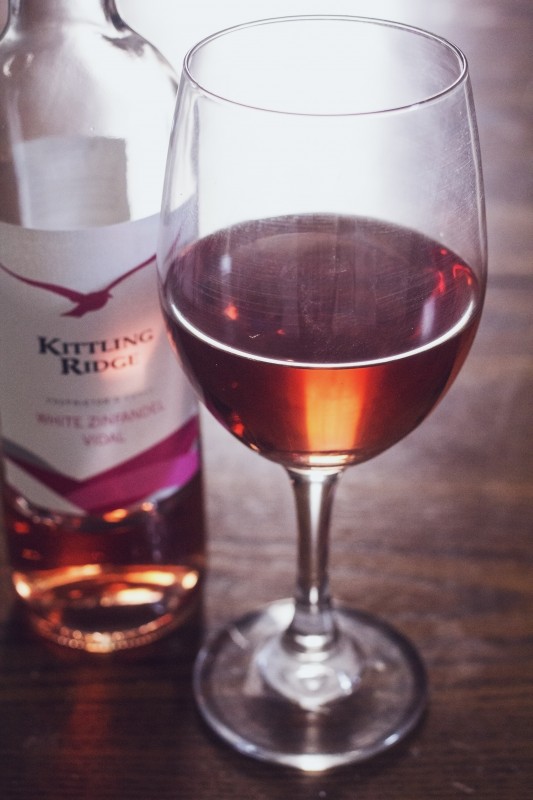Knowing how to drink wine

When the semester comes to an end and our bank accounts sit somewhere between $20 and negative overdraft allowances, is wine a viable drinking option?

When the semester comes to an end and our bank accounts sit somewhere between $20 and negative overdraft allowances, is wine a viable drinking option?
For those of us approaching wine drinking for the first time, the process is daunting: bottles, brands, years, aromas and unpronounceable variety titles. It can be discouraging to have the Wine Rack employee watching you try samples as you do your best to conceal a face of distaste or to have staff at the local LCBO observe you pace aisles pretending to understand.
People are serious about their wine. The etiquette of wine tasting seems to be reserved for affluent individuals with suede furniture and elegant demeanours, but it doesn’t have to be. Learning about wine is actually quite straightforward and understanding wine etiquette takes practice — drinking in the name of research.
Before indulging in drunken fieldwork, there is basic knowledge that will simply the journey to becoming a novice wine-drinker.
First, we will skim over which glassware should be used to hold the wine. Note there are six different variations of wine glasses and though they take different shapes, five of these sizes are meant to hold approximately six ounces of wine.
It should also be noted that the lighter the wine is in colour, the colder it should be kept. Red wine should not be kept at room temperature. Instead, it should be stored at cellar temperature or in a dark, slightly cool place for the average student without a wine cellar at hand.
Wines have a shelf life varying from two days to about a week. Just as you wouldn’t crack a beer and expect it to keep for four days, wine is no exception. If you open it, try to consume it. Sharing is caring when opening wine but a bring your own invitation is something I’m sure we can all get behind.
Second, wine might be a cheap and semi-fancy way to become intoxicated but pairing wine with food brings cooking to a whole new level.
If you are eating something salty, it is recommended that you stick to a sparkling wine: popcorn, salted meats, even potato chips. Sweet white wine can be consumed with oily light meats like fish or chicken as well as Thai or Indian cuisine. If you have prepared a creamy dish, a rich white wine will compliment the flavours. Rosé works with spiced dishes. Light red wine is usually accompanied with pasta or pizza. Variations of darker red wines taste best when consumed with red meat.
The last, most important lesson in understanding wine etiquette is learning how to decode a wine label. You’ll be a wine connoisseur in no time if you remember these few steps.
What draws your eye to the wine bottle is how the presentation of the producer’s logo and brand name is advertised. Some producers are well known, some are local and some are expensive.
Past that, the region the wine came from should be immediately evident; different areas make separate types of wine. Also, the variety of the wine — whether pinot noir or Shiraz will be apparent as well.
You can now confidently walk into a wine franchise and direct yourself to colour, refine your search to brand if you are more comfortable paying less or buying from a specific region, then select your preferred variety. It is that simple.
To make it even easier, I have a few recommendations. For red, Italian wine-makers Barone Montalto have created a dry, fruity and full-flavoured wine: Montalto Nero d’Avola Cabernet Sauvignon. It is incredibly inexpensive at approximately $9 and is a brilliant starting point when exploring red wines.
The best way to approach wine is by trial and error — once you know what to look for, selecting different brands and varieties can become a sort of pastime.


